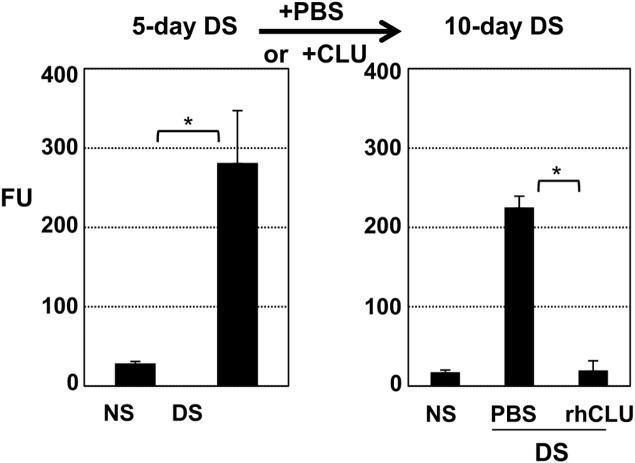Fig 3. Topical CLU ameliorates pre-existing ocular surface barrier disruption caused by desiccating stress.
(Left). The standard desiccating stress (DS) protocol was applied for 5-days to create ocular surface disruption. Non-stressed (NS) mice housed under normal ambient conditions served as a baseline control. (Left) After the indicated time period, barrier disruption was confirmed by measuring corneal epithelial uptake of fluorescein (FU = Fluorescence Units at 521 nm) in a subset of mice. Values are expressed as the mean ± SD. *p<0.0001 (n = 4). (Right) The same desiccating stress (DS) protocol was continued for another 5 days while eyes with desiccating stress were treated topically with 1 uL of recombinant human CLU (rhCLU) formulated in PBS at 2 ug/mL, or with PBS control, 4 times/day. The fluorescein uptake test was then performed on these remaining mice. Values are expressed as the mean ± SD. *p<0.0001(n = 4).

